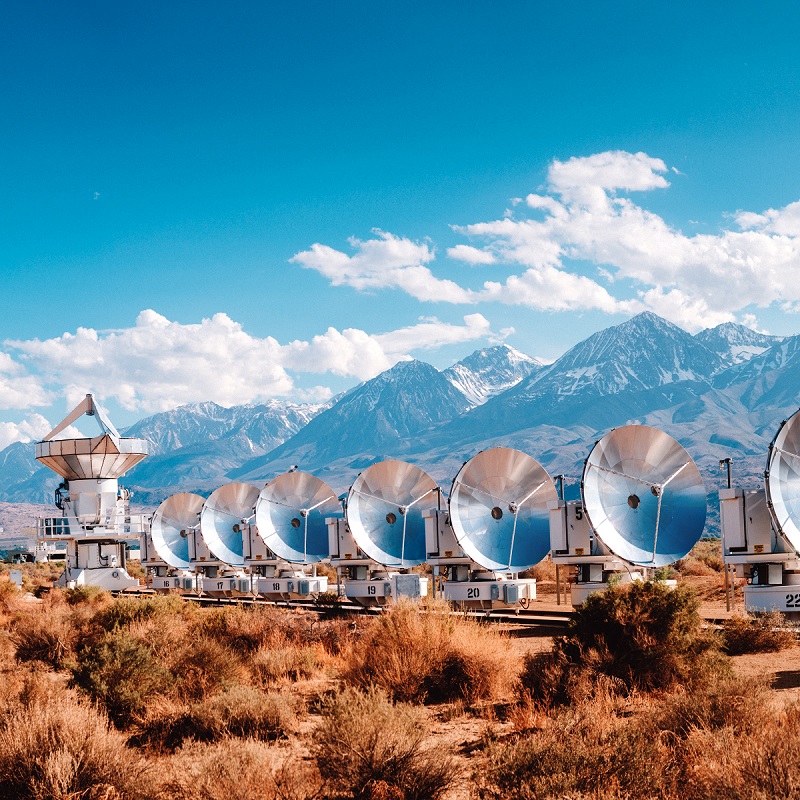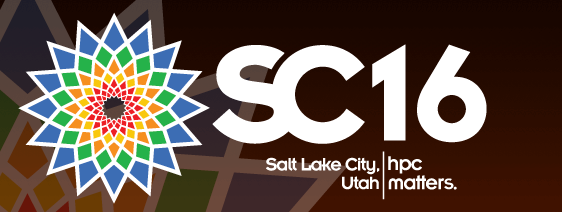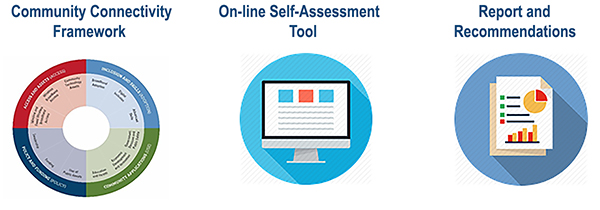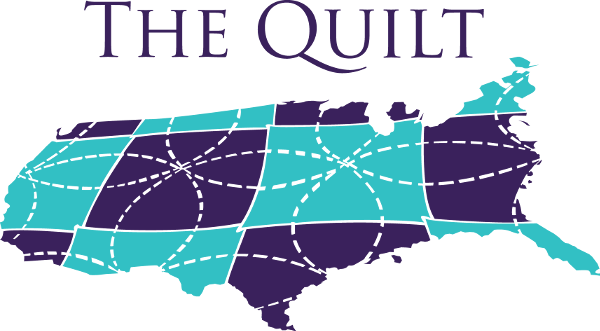What’s News
Blog
Social Recap: 2017 Winter Member Meeting
The Quilt returned to La Jolla, Calif. on Feb. 7-9 for its Winter Member meeting. We have captured and curated many of the social conversations captured during the annual event. Please enjoy! [View the story "The Quilt 2017 Winter Member Meeting" on Storify]
Don’t miss VMware breakfast at Winter Member Meeting
If you are attending the The Quilt 2017 Winter Member Meeting in La Jolla, there will be a VMware-sponsored breakfast on Wednesday, Feb. 8 (7 to 8:15 a.m.) in the La Jolla Room at the La Jolla Shores Hotel. Tim Boltz and Martin Gavin from Carahsoft will be there to...
Quilt offers ESnet Science Engagement Workshop at #WMM17
The Quilt will be returning to the La Jolla Shores Hotel and La Jolla Beach and Tennis Club in California on Feb. 7-9 for its Winter Member meeting. Among the many exciting conversations and topics of interest that week will be the ESnet Science Engagement Workshop...
The Quilt converges in SoCal to kick off 2017
The Quilt will be returning to the La Jolla Shores Hotel and La Jolla Beach and Tennis Club in California on Feb. 7-9 for its 2017 Winter Member Meeting. Registration & Overview If you have not yet registered, online registration is available. Click here. Two...
UEN, Quilt Members converge in Utah for SC16 Conference
Every November, thousands of researchers and industry representatives in high-performance computing and related fields, such as advanced networking, data storage, and data analysis, meet for the annual Supercomputing Conference (SC16) to learn about HPC and scientific...
Social media recap from #QuiltinPhilly
The Quilt, NSF’s Campus Cyberinfrastructure & Cybersecurity Innovation for Cyberinfrastructure PI Workshop, and ESnet Site Coordinators Committee co-located meetings again this year during our Quilt Fall Member Meeting on Oct. 19-21 in Philadelphia. We've curated...
The Quilt heads to Philadelphia for 2016 Fall Member Meeting
We will have an extraordinary line-up of speakers and guests scheduled to participate this year at our annual event. Building on the success of the 2015 events held in Austin, Texas, The Quilt, National Science Foundation’s Campus Cyberinfrastructure and Cybersecurity...
NSF cyberinfrastructure report aims to awaken potential of ‘sleeping middle’
The final report on the Role of Regional Organizations in Advancing the Computational Infrastructure has been submitted to the National Science Foundation with the goal to developing recommendations to assist regional organizations to leverage their work for the...
NTIA seeks input on new Community Connectivity Initiative
The National Telecommunications and Information Initiative (NTIA) will be hosting a nine-part webinar series in an effort to grow the Community Connectivity Initiative. The webinars, taking place on the second Thursday of each month starting in July through March...
Workshop reports available for Looking Beyond the Internet
Workshop reports for three "Looking Beyond the Internet" workshops that took place a month ago are now available. Applications and Services in the Year 2021 Future Wireless Cities Software Defined Infrastructure / Software Defined Exchanges All three workshops and...

The Quilt in the Field
Social Recap: 2017 Winter Member Meeting
Feb 14, 2017
The Quilt returned to La Jolla, Calif. on Feb. 7-9 for its Winter Member meeting. We have captured and curated many of the social conversations captured during the annual event. Please enjoy! [View the story "The Quilt 2017 Winter Member Meeting" on Storify]
Don’t miss VMware breakfast at Winter Member Meeting
Feb 3, 2017
If you are attending the The Quilt 2017 Winter Member Meeting in La Jolla, there will be a VMware-sponsored breakfast on Wednesday, Feb. 8 (7 to 8:15 a.m.) in the La Jolla Room at the La Jolla Shores Hotel. Tim Boltz and Martin Gavin from Carahsoft will be there to...
Quilt offers ESnet Science Engagement Workshop at #WMM17
Feb 2, 2017
The Quilt will be returning to the La Jolla Shores Hotel and La Jolla Beach and Tennis Club in California on Feb. 7-9 for its Winter Member meeting. Among the many exciting conversations and topics of interest that week will be the ESnet Science Engagement Workshop...
The Quilt converges in SoCal to kick off 2017
Jan 25, 2017
The Quilt will be returning to the La Jolla Shores Hotel and La Jolla Beach and Tennis Club in California on Feb. 7-9 for its 2017 Winter Member Meeting. Registration & Overview If you have not yet registered, online registration is available. Click here. Two...

UEN, Quilt Members converge in Utah for SC16 Conference
Nov 18, 2016
Every November, thousands of researchers and industry representatives in high-performance computing and related fields, such as advanced networking, data storage, and data analysis, meet for the annual Supercomputing Conference (SC16) to learn about HPC and scientific...
Social media recap from #QuiltinPhilly
Nov 5, 2016
The Quilt, NSF’s Campus Cyberinfrastructure & Cybersecurity Innovation for Cyberinfrastructure PI Workshop, and ESnet Site Coordinators Committee co-located meetings again this year during our Quilt Fall Member Meeting on Oct. 19-21 in Philadelphia. We've curated...
The Quilt heads to Philadelphia for 2016 Fall Member Meeting
Aug 11, 2016
We will have an extraordinary line-up of speakers and guests scheduled to participate this year at our annual event. Building on the success of the 2015 events held in Austin, Texas, The Quilt, National Science Foundation’s Campus Cyberinfrastructure and Cybersecurity...
NSF cyberinfrastructure report aims to awaken potential of ‘sleeping middle’
Jul 7, 2016
The final report on the Role of Regional Organizations in Advancing the Computational Infrastructure has been submitted to the National Science Foundation with the goal to developing recommendations to assist regional organizations to leverage their work for the...

NTIA seeks input on new Community Connectivity Initiative
Jun 17, 2016
The National Telecommunications and Information Initiative (NTIA) will be hosting a nine-part webinar series in an effort to grow the Community Connectivity Initiative. The webinars, taking place on the second Thursday of each month starting in July through March...
Workshop reports available for Looking Beyond the Internet
Mar 15, 2016
Workshop reports for three "Looking Beyond the Internet" workshops that took place a month ago are now available. Applications and Services in the Year 2021 Future Wireless Cities Software Defined Infrastructure / Software Defined Exchanges All three workshops and...
